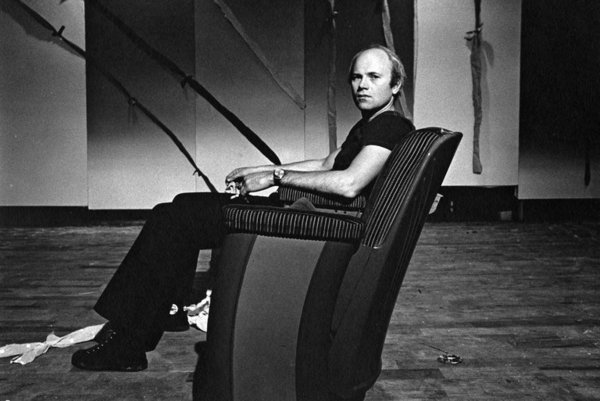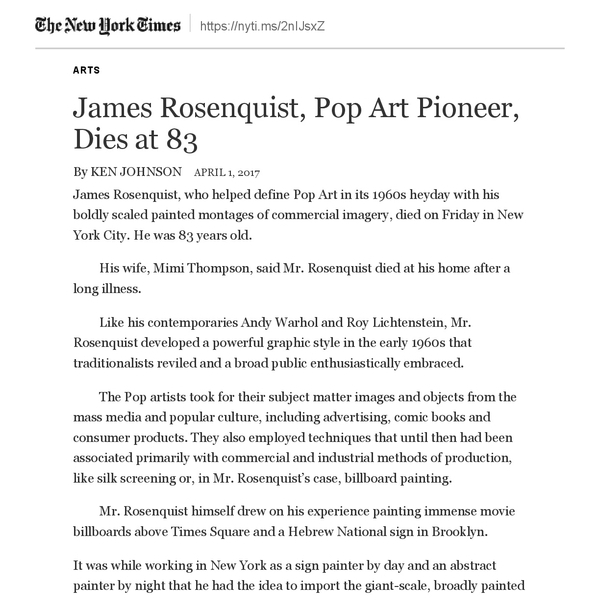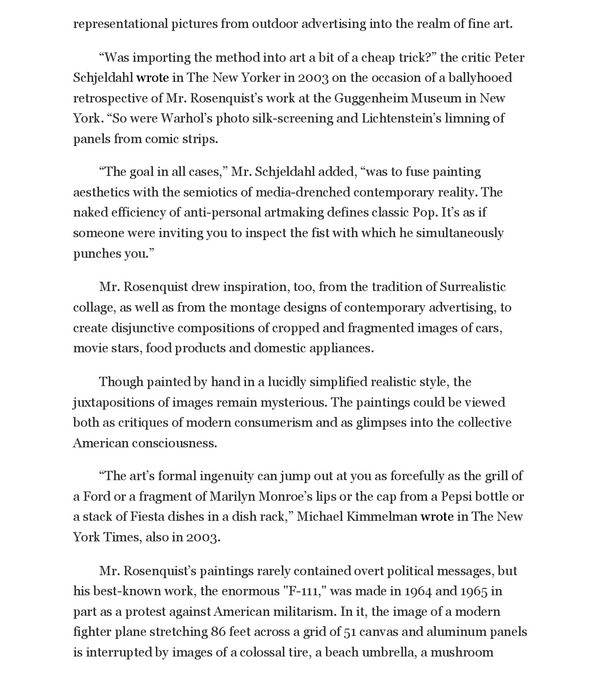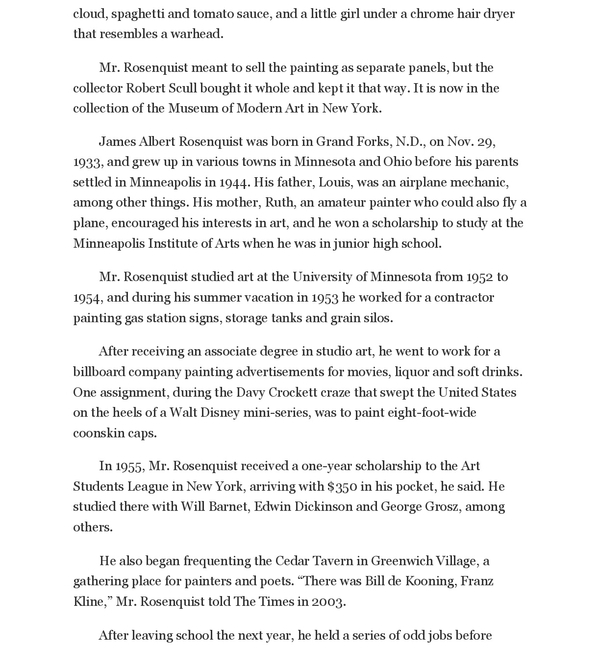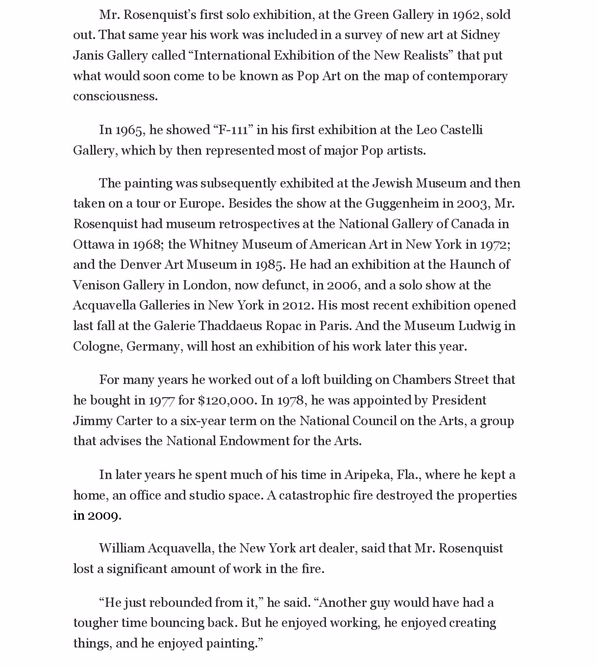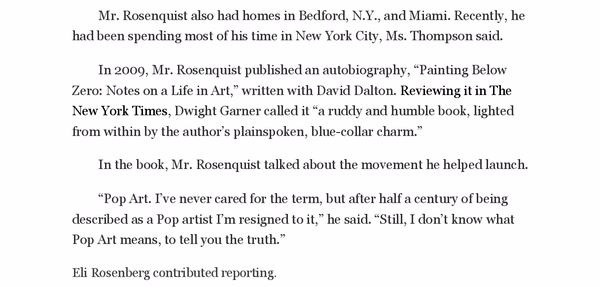
Invader
Hypnosis
2011
Woodcut
9 7/8 x 11 7/8 in.
Artist’s Proof, edition of 50
Pencil signed, numbered and dated
About This Work:
“Little by little, I organized a detailed process by which I explore international densely populated urban areas and “invade” them.”
Invader is the pseudonym of a French urban artist, born in 1969, whose work is modeled on the crude pixellation of 1970s–1980s 8-bit video games. He took his name from the 1978 arcade game Space Invaders, and much of his work is composed of square ceramic tiles inspired by video game characters.
Although he prefers to remain incognito, and guards his identity carefully, his distinctive creations can be seen in many highly-visible locations in more than 75 cities in 33 countries. He documents each intervention in a city as an “Invasion”, and has published books and maps of the location of each of his street mosaics.
Invader likes tiles for their robustness and permanence. Video games of the era were constructed with 8-bit graphics, and so it lends themselves well to the mosaic treatment, with each tile representing one pixel.
“In my own eyes, they are the perfect icons of our time, a time where digital technologies are the heartbeat of our world. As these creatures are made of pixels they are in some sorts ready-made for tile reproduction. Finally, their names are literally predestined for the project I have pioneered: they are “Space Invaders!”
Invader’s idea is to bring the virtual world into reality. He sees himself as a hacker of public space, spreading a virus of mosaics;[the streets are his canvas, his invasions are gifts to the city and its people. One can see many things in it, but it refers to the early days of digital and the video game.
His first mosaic was installed in the mid 1990s in his home city. It was a sleeper for several years before the full “invasion” program was conceived in 1996. This was the first wave of the “invasion”. By 1998, it had spread to 31 other cities in France.
Today, 77 cities have been invaded, 2,692 Space Invaders placed comprising some 1.5 million ceramic tiles; 19 invasion maps have been published. He has invaded New York five times, Miami twice, and Hong Kong on three separate occasions.
This week’s Work of the Week (WOW) is called Hypnosis.
In this work, Invader channels the work of the Norwegian painter and printmaker, Edvard Munch. Munch was greatly influenced by the German Expressionists in the early 20th century. Many artist in this genre used the woodblock process in print form, to capture the angst of the times.
Hypnosis is a woodblock print done is Munch’s German Expressionist style. Here we see Munch’s typical figure and his familiar wavy lined background. The work is very dark, as is the work of the German Expressionists. We see the effects of war through the eyes of these artists.
Here is where Invader starts to have fun with this work. He uses the dark, depressed like image of Munch’s work, and inputs his space invader figures making this work fun. However, upon further examination, we see the play on the idea that the space invaders are invading these villagers or the village.
This is, and has always been his concept, THE INVASION. This is a great example of an extreme and obvious invasion.


